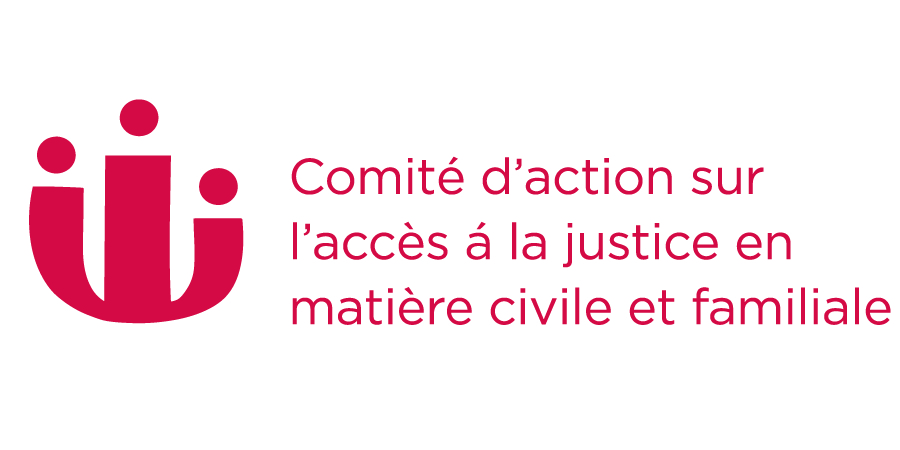Inventory of Reforms
Federal Electronic Filing Service
Year:
2006
Description:
Online service offering a modern, cost-effective method for litigants to file and access their Federal Court documents.
Status:
Permanent Implementation
Jurisdiction:
Federal
Court:
Federal Court of Canada
Body Responsible:
Courts Administration Service, Federal Court
Timeline:
October 2005: Electronic filing pilot project launched
August 2006: Electronic Filing Service became generally available
May 2007: Electronic Filing Service expanded to immigration and admiralty proceedings
November 2008: Electronic Filing Service expanded to the remainder of Federal Court’s jurisdiction
May 2020: Updates to Electronic Guide for Preparation of Digitized Court Documents, including procedural changes introduced due to COVID-19
Publications:
LexisNexis Canada Launches Electronic Filing Service with Federal Court (LexisNexis, August 8, 2006).
LexisNexis Expands Electronic Filing Service with Federal Court to Include Documents in Immigration and Admiralty Matters (LexisNexis, May 14, 2007).
Notice to the Profession (Federal Court, November 28, 2008).
Annex – Electronic Filing in the Federal Court (Federal Court, November 28, 2008). [Annex]
Federal Court E-Filing Guide (Updated May 2020) / Guide sur le système de dépôt électronique (document mis à jour en mai 2020)
Development:
In May 2020, the Federal Court published an updated E-Filing Guide. Information in the Federal Court E-Filing Guide is organized into the following five sections: Formatting Rules and Guidelines, Preparing your Documents for E-filing, E-service and Proof of Service, The E-filing Process and Frequently Asked Questions. The Guide also includes details on temporary process changes introduced in April, 2020 and a Suspension Period in response to the COVID-19 pandemic.
E-Filing is available in English and French in all areas of the Federal Court’s jurisdiction.
Previous Developments:
The Federal Court electronic filing pilot project was launched in October 2005 with thirty firms practising in intellectual property proceedings across Canada participated in the pilot project.
In August 2006, following a review process, the Electronic Filing Service became generally available, although still limited to intellectual property proceedings. In May 2007, the Electronic Filing Service was expanded to include documents in immigration and admiralty proceedings. The Electronic Filing Service was further expanded in November 2008 to include the remainder of the Federal Court’s jurisdiction.
Purpose:
To facilitate more efficient delivery of services to the public by offering a modern, cost-effective method for litigants to file and access their Court documents.
Description of Reforms:
The Electronic Filing Service for the Federal Court is provided by LexisNexis Canada. Electronic filing of a document, in PDF or TIFF format, constitutes filing within the meaning of Rules 2 and 72 of the Federal Courts Rules.
Paper copies of electronically filed documents are not required if the document, including attachments, is 100 pages or less, or if it is 500 pages or less and is filed at least 5 business days before the hearing date (if any is scheduled). Paper copies are required for documents, including attachments, that are more than 500 pages long or without a complete paragraph or page numbering scheme.
The filer is provided with a web link to a proxy of the Court’s copy of the e-filed document and any attachments to review the Court’s version on file to satisfy themselves that it conforms to the original. Only parties, counsel and litigation support staff to a proceeding may view electronic documents pertaining to that proceeding. However, the paper copies of electronic filings that have not been sealed by the Court may be reviewed by any person at any Registry office (Annex).
Revision History:
This summary was last reviewed in Jan 19, 2021



